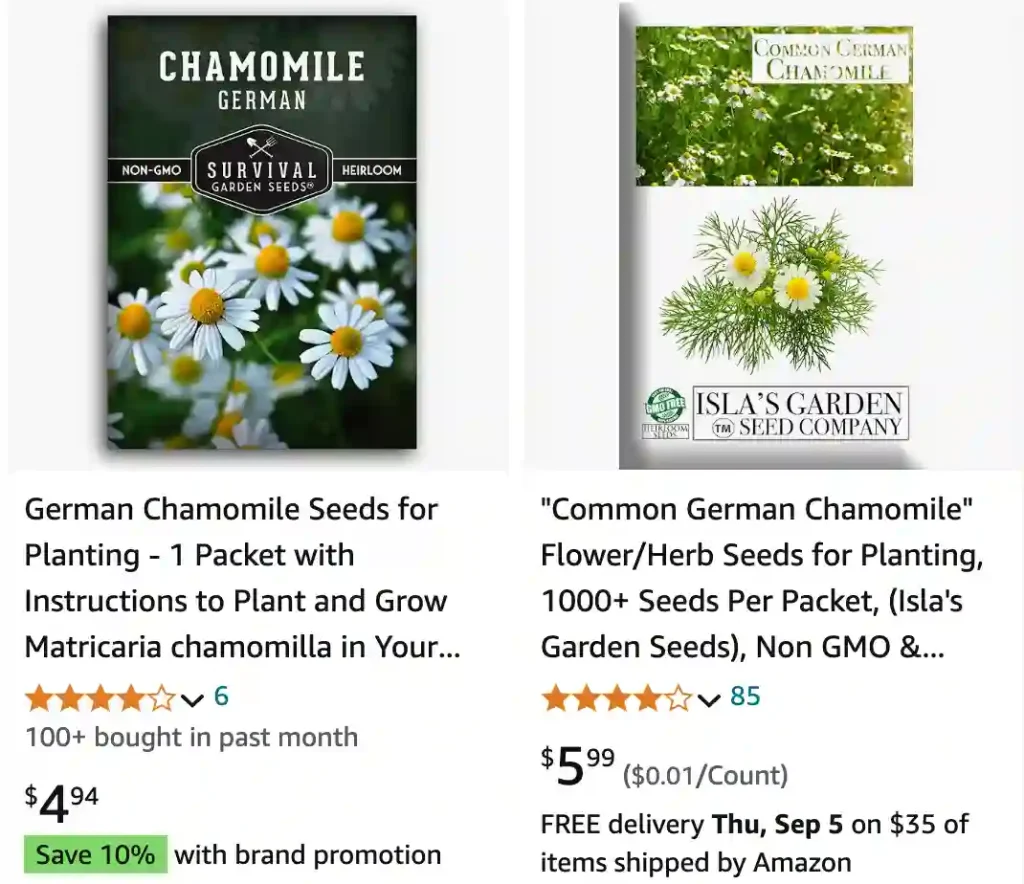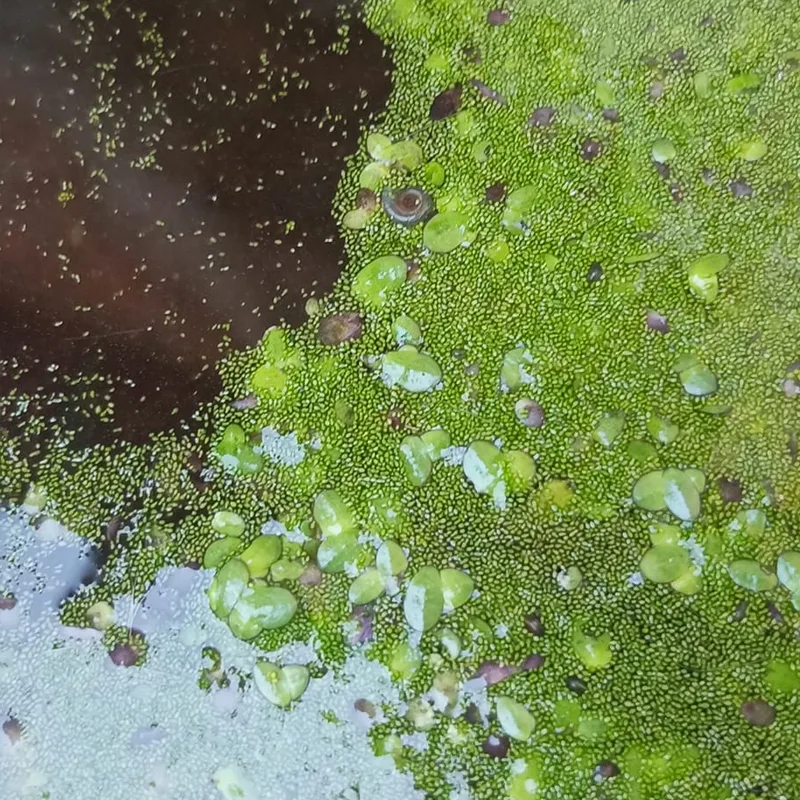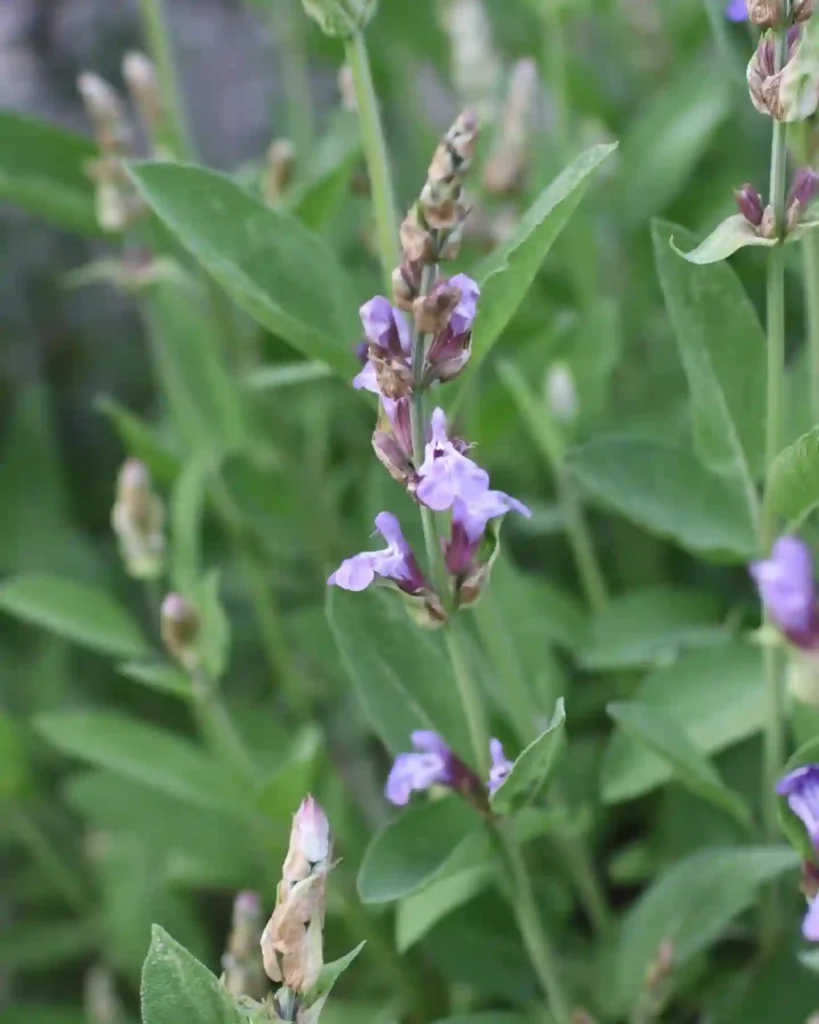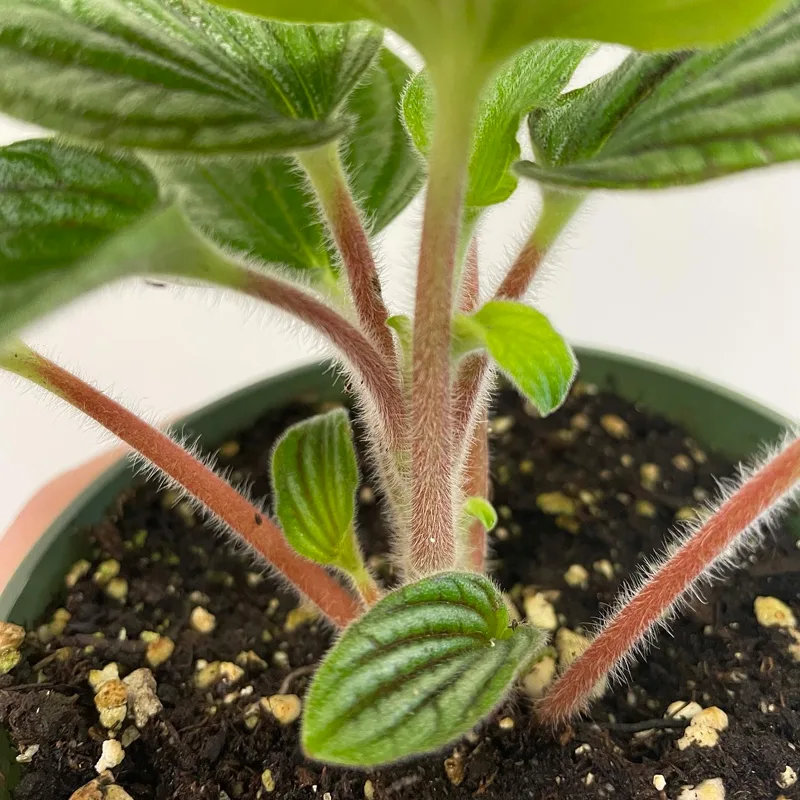
FAQs About Matricaria Chamomilla
Matricaria Chamomilla has intrigued many of us with its calming properties and delicate flowers. Over the years, I’ve gathered a wealth of knowledge about this herb, and I’m excited to share some frequently asked questions and insights.
6 Species in Genus Matricaria
What is Matricaria Chamomilla?
Matricaria Chamomilla, or German Chamomile, is a flowering plant belonging to the Asteraceae family. It’s renowned for its soothing properties and is often used in herbal remedies. The plant features small, daisy-like flowers and is valued for its essential oils and extracts.
What is Matricaria Chamomilla Extract?
Matricaria Chamomilla extract is derived from the flowers of the Chamomile plant. This extract is rich in various bioactive compounds, including flavonoids, terpenes, and essential oils. It’s commonly used in herbal teas, skincare products, and supplements due to its anti-inflammatory, anti-anxiety, and soothing effects.
Is Matricaria Chamomilla German?
Yes, Matricaria Chamomilla is sometimes referred to as German Chamomile. While the plant is native to Europe and Western Asia, it is often associated with Germany because of its historical use in traditional German medicine. The term “German Chamomile” helps distinguish it from other types of Chamomile.
Where to Buy Chamomile Matricaria Chamomilla and Dandelion Taraxacum Officinale?
You can find Chamomile Matricaria Chamomilla and Dandelion Taraxacum Officinale at various places. Health food stores, herbal shops, and online retailers like Amazon or specialized herbal websites often carry these herbs in various forms—dried, as extracts, or in teas. Ensure you purchase from reputable sources to guarantee the quality and authenticity of the herbs.
Matricaria Chamomilla vs. Recutita
Many people wonder about the difference between Matricaria Chamomilla and Matricaria Recutita. Both are types of Chamomile, but they have some distinctions. Matricaria Chamomilla, also known as German Chamomile, is widely used for its calming properties and is the most common form found in herbal teas. Matricaria Recutita, also called Roman Chamomile, has similar uses but is typically smaller and has a more intense flavor. The choice between them often comes down to personal preference and the specific benefits you’re seeking.
How to Care for Matricaria Chamomilla?
Caring for Matricaria Chamomilla is relatively straightforward. It thrives in well-drained soil and prefers a sunny location. Regular watering is essential, but avoid waterlogging. Chamomile is quite hardy and can handle a range of temperatures. In colder climates, it’s best to mulch the soil to protect the roots.
How to Propagate Matricaria Chamomilla?
Propagation of Matricaria Chamomilla can be done from seeds. Sow the seeds directly into the soil in early spring or start them indoors before the last frost. Keep the soil moist but not waterlogged. Once the seedlings are large enough, they can be transplanted outdoors or into larger pots.
What to Plant With Matricaria Chamomilla?
Matricaria Chamomilla pairs well with many garden plants. It’s a great companion for herbs like mint and parsley, which benefit from similar growing conditions. Chamomile also attracts beneficial insects, making it an excellent addition to a vegetable garden.
Can You Grow Matricaria Chamomilla Indoors?
Yes, you can grow Matricaria Chamomilla indoors. Provide it with a sunny window or use grow lights to ensure it gets enough light. The plant needs well-drained soil and regular watering. Indoor cultivation may limit its size, but it can still thrive and produce lovely blooms.
Is Matricaria Chamomilla Toxic?
Matricaria Chamomilla is generally considered safe and non-toxic when used appropriately. However, it may cause allergic reactions in some individuals, particularly those sensitive to plants in the Asteraceae family. Always consult with a healthcare provider before using it, especially if you’re pregnant, nursing, or on medication.
Benefits of Matricaria Chamomilla
Matricaria Chamomilla offers numerous benefits. It is renowned for its calming effects, making it popular in herbal teas for relieving stress and promoting sleep. Additionally, its anti-inflammatory and antioxidant properties are beneficial for skincare, helping to soothe irritated skin and reduce inflammation.
Common Problems with Matricaria Chamomilla
One common issue with Matricaria Chamomilla is its susceptibility to pests like aphids and spider mites. Regular inspection and appropriate pest control measures can help manage these problems. Additionally, overwatering can lead to root rot, so ensure the soil is well-drained.
Compare with Other Similar Plants
When comparing Matricaria Chamomilla to other similar plants like Calendula or Echinacea, each has its unique properties. Calendula is often used for its anti-inflammatory effects on the skin, while Echinacea is popular for immune system support. Matricaria Chamomilla stands out for its calming properties and is best suited for those seeking stress relief and improved sleep.
I hope these insights help clarify some of your questions about Matricaria Chamomilla. Whether you’re considering growing it in your garden or exploring its uses in herbal remedies, this plant offers a range of benefits that make it a valuable addition to any herbal enthusiast’s collection.
If i die, water my plants!



